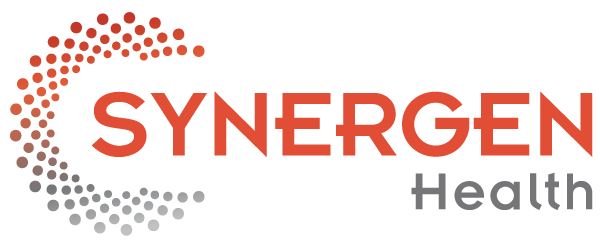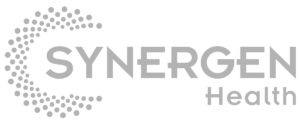The threat of cyberattacks looms large, especially considering the recent Change Healthcare attacks.
These attacks pose significant threats to patient data, operational continuity, and trust in healthcare providers, and considering that data breaches can cost healthcare organizations $10.9 million on average, they also pose a significant financial risk—underscoring the need for comprehensive cybersecurity measures.
For us, cybersecurity isn’t only about protecting data; it’s about safeguarding our clients’ financial information and proprietary business intelligence, which is why we are SOC 2 plus HITRUST CSF type 2 and SOC 3 certified.
System and Organization Controls (SOC) 101
System and Organization Controls (SOC) compliance represents a series of frameworks for managing and securing information and is crucial for service organizations, especially those involved in handling data within the healthcare industry, to demonstrate their commitment to managing data securely and responsibly.
Understanding the differences between SOC 1, SOC 2, and SOC 3 compliance is essential to determine which aligns with operational needs and expectations of clients and stakeholders.
SOC 1: Financial Reporting Focus
SOC 1 reports are designed for service organizations that manage financial transactions and reporting for their clients and are primarily concerned with internal control over financial reporting (ICFR). SOC 1 compliance is typically pursued by payroll processors, loan servicing companies, and other entities where the accurate handling of financial information is critical.
There are two types of SOC 1 reports:
- Type I evaluates the suitability of the design of controls at a specific point in time.
- Type II assesses the effectiveness of these controls over a defined period, usually a minimum of six months.
SOC 2: Security, Availability, Processing Integrity, Confidentiality, and Privacy
SOC 2 reports are broader in scope compared to SOC 1, focusing on five trust service principles: security, availability, processing integrity, confidentiality, and privacy of customer data. These reports are relevant for a wide range of service organizations, particularly those providing IT and cloud services, where data security is paramount.
Like SOC 1, SOC 2 also comes in Type I and Type II reports, with the latter providing a more comprehensive evaluation of the effectiveness of an organization’s controls over time.
SOC 3: General Use Report
SOC 3 reports are less detailed versions of SOC 2 reports, designed for a broader audience. While SOC 2 reports are restricted in distribution due to the sensitive and detailed nature of the information they contain, SOC 3 reports can be freely distributed and are often used for marketing purposes.
For example, our SOC 3 report provides a summary of our audit findings related to the five trust service principles without going into the specific details of the controls.
While achieving SOC compliance is a critical step to demonstrate commitment to data security, many don’t realize that it goes beyond just auditing technology; they dive deep into the procedural safeguards needed to protect themselves against human error.
The Weakest Link: Human Error
Technology alone cannot secure an organization—the real challenge lies in ensuring that individuals adhere to established security protocols.
The reality is that breaches often occur not because of technological shortcomings but because of lapses in protocol by individuals. Something as simple as using unauthorized external devices, like thumb drives, can lead to breaches, which is why they are often restricted within organizations to prevent such vulnerabilities.
To combat these vulnerabilities, companies—and anyone they partner with—should invest heavily in protocols and continuous staff training that ensure that code changes are thoroughly vetted to prevent gaps, workstations are securely maintained, and external devices like thumb drives are deactivated to mitigate risks.
A multi-layered cybersecurity strategy includes:
- Ongoing employee training: Regular training sessions can help employees recognize phishing attempts, understand safe data handling practices, and stay updated on the latest cybersecurity threats.
- Data encryption: Encrypting data at rest and in transit ensures that even if data is intercepted, it remains unreadable and useless to attackers.
- Access controls: Implementing strict access controls and using multi-factor authentication (MFA) can significantly reduce the risk of unauthorized access.
- Regular audits: Regular internal and external audits help identify vulnerabilities and ensure compliance with evolving regulations and standards.
- Incident response planning: A well-prepared incident response plan can minimize the damage of a breach and ensure a swift recovery.
Cybersecurity: A Necessity, Not an Option
For us, investing in cybersecurity and achieving SOC compliance is not an option—it’s a necessity.
Achieving SOC 2 plus HITRUST CSF type 2 and SOC 3 compliance is a testament to our dedication to protecting our clients. But our journey doesn’t end here; it’s an ongoing commitment to adapt, enhance, and lead in the protection of sensitive data.
If your organization is interested in partnering with a secure, innovative revenue cycle management company to safeguard your operations and financial future, we’re here to help.

